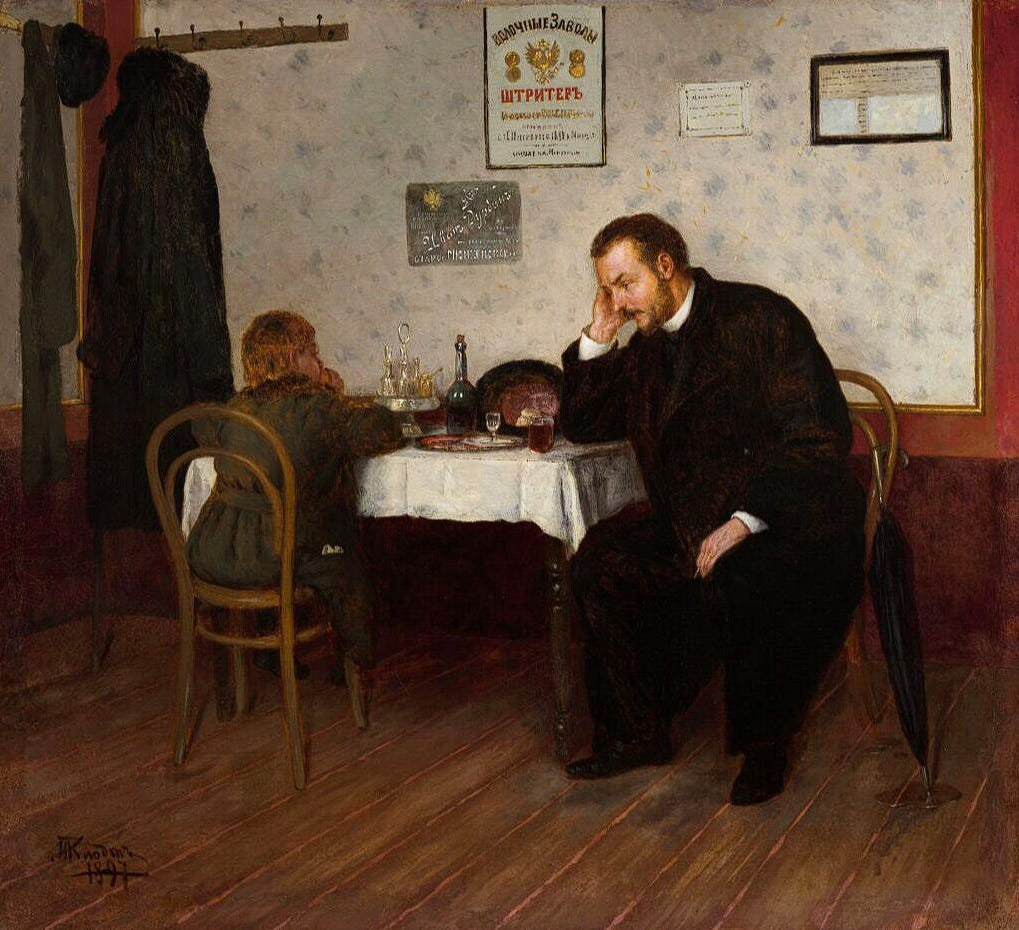The Myth of Free Money
What Volatility Reveals About Markets, Commodities, and Power
Markets have an extraordinary ability to make chaos appear rational. Each day, billions of dollars move through the machinery of global finance under the assumption that uncertainty can be priced, modelled, and sometimes even conquered. Traders, analysts, and policymakers alike try to assign…
Keep reading with a 7-day free trial
Subscribe to Trader's nectar to keep reading this post and get 7 days of free access to the full post archives.



